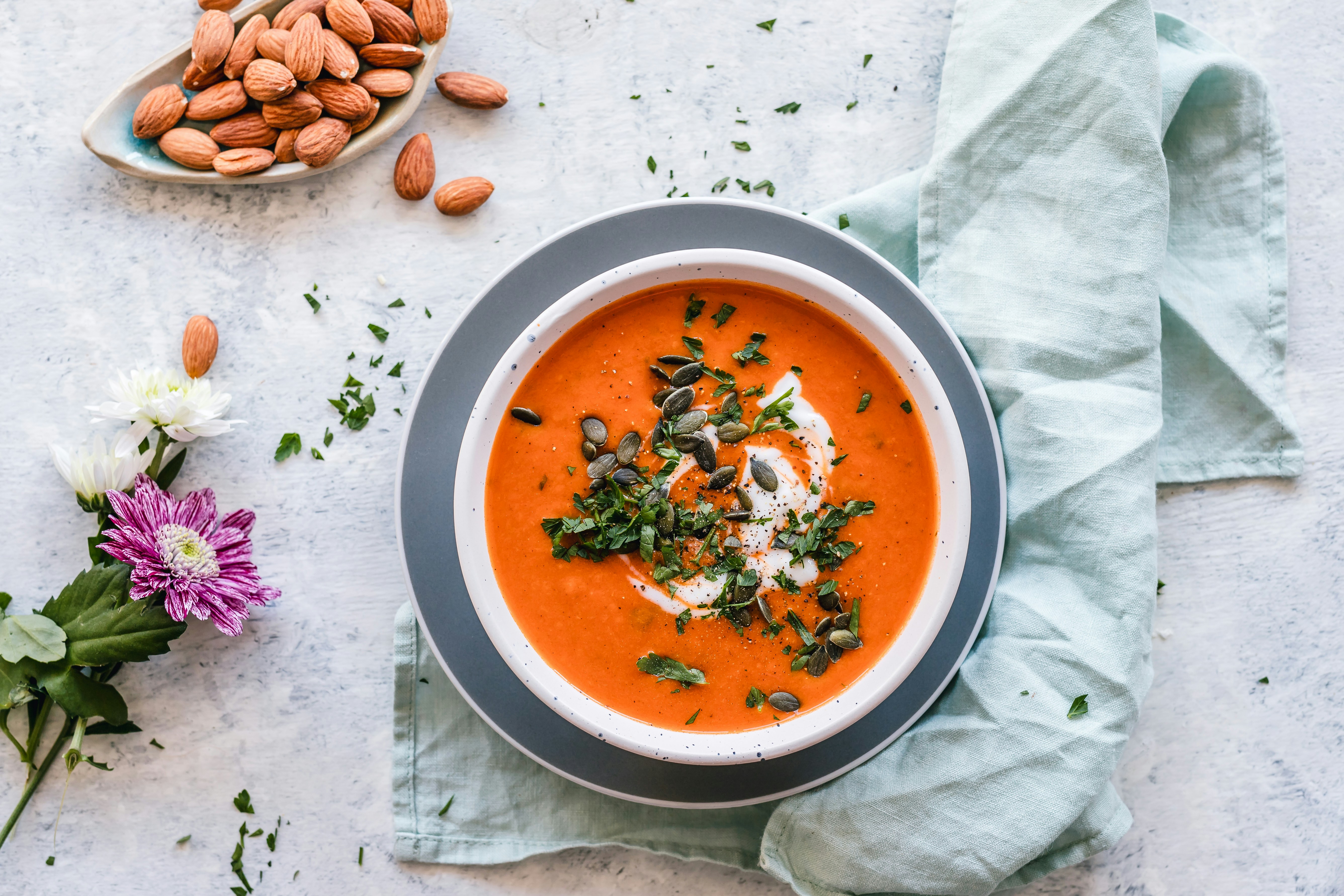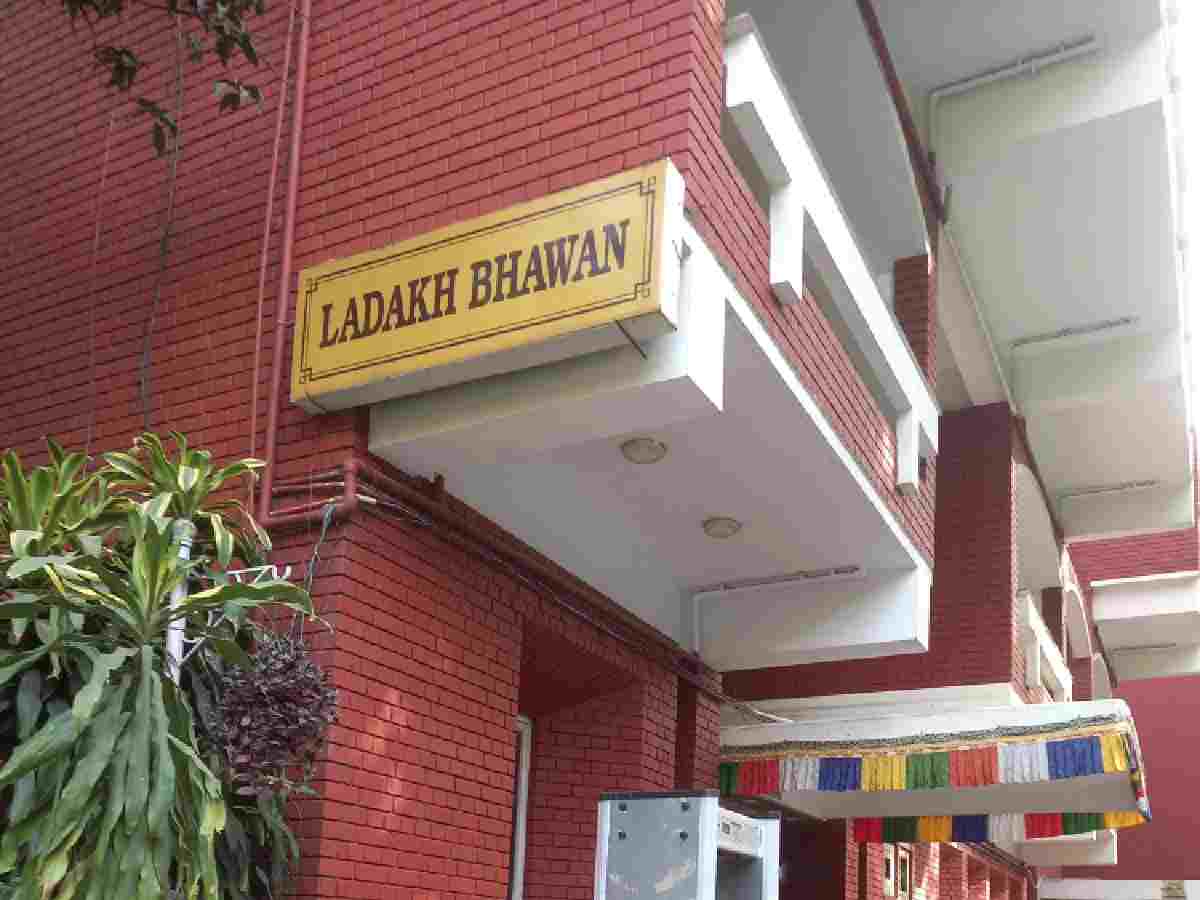Does it even matter what material of cookware we choose to make our daily meals? Well, it surely does. Choosing the right type of cookware is extremely important for flawless cooking, as well as for health to some extent. There are various advantages and disadvantages of different types of metals used in cookware. Let's take cast iron kadhai, for instance. If you follow the current trend, you will find cast iron kadhais making a comeback in our kitchens. One of the major reasons for its popularity is its durability. Cast iron kadhai is also considered safer in comparison to Teflon and other coated pans. But people often confuse it with a traditional iron kadhai. While both iron and cast iron are extensively used in Indian kitchens, if you delve deep, you will find some fundamental differences between the two.
What Is An Iron Kadhai?
It is a traditional Indian cookware made from iron, a dense and durable material that can withstand high temperatures. An iron kadhai is known for its ability to evenly distribute heat, which is crucial for cooking Indian dishes that require precise temperature control. It also has the advantage of being able to retain heat for a long time, which is ideal for dishes that need to be cooked slowly over a low flame.
What Is A Cast Iron Kadhai?
This cookware, on the other hand, is made of cast iron - a class of iron-carbon alloys with a carbon content of more than two percent. Cast iron has a relatively low melting temperature and can retain heat for a long time (much like a traditional iron kadhai). In addition to its practical advantages, a cast iron kadhai is also valued for its aesthetic appeal. Many people enjoy using it for serving food, as it adds a rustic and traditional touch to the dining setup.
Also Read: No More Rusty Kadhais: 5 Tips For Keeping Your Kadhai In Top Shape

Iron Vs. Cast Iron Kadhai: How Are They Different?
Material:
The main difference between iron and cast iron utensils is the type of material they are made from. Iron utensils are made from iron, while cast iron utensils are made from a mixture of iron, carbon, and silicon. This makes cast iron utensils heavier than iron utensils (due to the added silicon and carbon in the alloy).
Durability:
Cast iron utensils are more durable than iron utensils due to their higher carbon content. This also makes the cookware more resistant to wear and tear.
Heat retention and distribution:
Cast iron utensils have a higher heat retention capacity than iron utensils, which means they take longer to heat up. But once they do, they retain the heat for a longer time. On the other hand, iron utensils have more even heat distribution than cast iron utensils, which can develop hot spots and cold spots in the cookware.
Reactivity:
Iron utensils are reactive to acidic foods, which can cause them to leach iron into the food and give it a metallic taste. Cast iron utensils are less reactive due to their carbon and silicon content.
Maintenance:
Both iron and cast-iron utensils require maintenance to prevent rusting and to ensure they last a long time. But if compared, cast iron utensils require more attention due to their higher carbon content.
Also Read: Secret To Maintain Iron Level In Body Is An Iron Kadhai - Celeb Nutritionist Rujuta Diwekar Reveals

Is It Safe To Cook In A Cast Iron Kadhai?
As mentioned earlier, cast iron cookware contains no harmful coating. Hence, cooking in a cast iron kadhai is generally considered safe. It makes a popular choice among several chefs and home cooks because of its durability. If kept properly, a cast iron kadhai can last for many years. Besides, its heat-conducting ability makes cast iron great for cooking a variety of dishes.
How To Clean Cast Iron Kadhai?
Cleaning a cast iron kadhai requires a bit of effort, but with the right technique, the job gets easier. Here are a few quick tips that may help you clean your cast iron kadhai effectively. Take a look.
Use hot water:
Start by running hot water over the kadhai. This will help loosen stuck-on food particles and make cleaning easier.
Use scrubber:
Use a scrubber or a brush with stiff bristles to scrub the kadhai. Avoid using steel wool or any harsh abrasive, which can damage the surface of the kadhai.
Use salt:
Sprinkle some salt over the kadhai, and scrub it with a brush. The salt acts as a gentle abrasive and helps remove food particles that get stuck to the kadhai after cooking.
Use baking soda:
Make a paste of baking soda and water, and apply it all over the kadhai. Leave it for a few minutes and then scrub it with a brush.
Use vinegar:
You can also use vinegar, with water to clean the kadhai. Mix equal parts of water and vinegar, and bring it to a boil in the kadhai. Allow it to cool and then scrub the kadhai gently with a brush.
Dry it completely:
Once you are done with cleaning, dry the kadhai completely with a clean towel. Leaving it wet can cause rusting.
Season the kadhai:
After cleaning, apply a thin layer of oil on the surface, and heat it over low heat for a few minutes. This will help season the kadhai and protect it from rusting.
Follow these simple and quick tips and make your cast iron kadhai last longer. Let us know which of the above tips worked the best for you.
About Somdatta SahaExplorer- this is what Somdatta likes to call herself. Be it in terms of food, people or places, all she craves for is to know the unknown. A simple aglio olio pasta or daal-chawal and a good movie can make her day.











